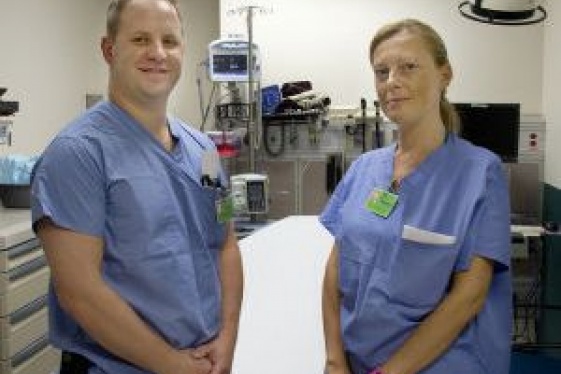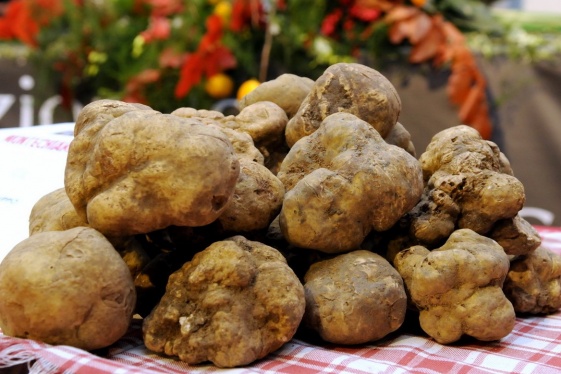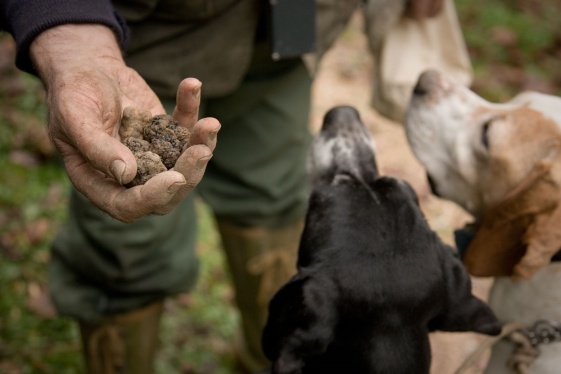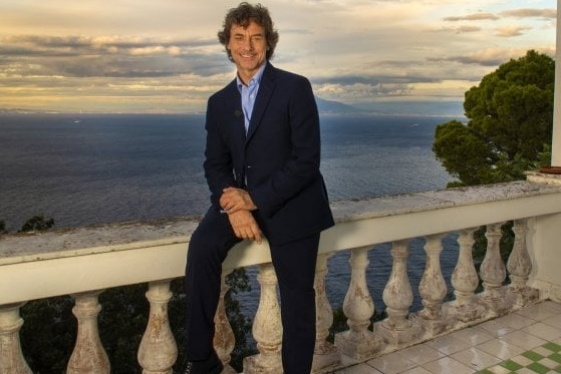

The Langhe and Roero district of Italy make for one of the most charming landscapes in the Region of Piedmont. Think rolling hills, quaint villages struck on cliffs, and prized vineyards and gastronomic traditions.
For food and wine lovers this area is the height of excellence, ideal for relaxing and enjoying the good life amidst nature, art, the epicurean’s favorite hobby of wining and dining. The only difficulty involved? Choosing from the cornucopia of products and delicacies, especially to take home as souvenirs.
Located between two rivers, the Tanaro and the Bormida, Le Langhe are an alternation of hills cultivated – rather densely– with vineyards (in the Bassa Langa) and of valleys and small fortified borghi on their hilltops (Alta Langa).
The Roero, then, to the west of the Tanaro, was named after the family that governed a little fiefdom in the district for centuries.
As in the rest of Italy, the local villages and towns were long-contested divided and reapportioned again and again into various Medieval communes and feudal estates, thus explaining the numerous castles and defensive structures.
The Langhe and Roero , filled with historic testimonies, not only produce highly sought-out wines, but are also the site of distinguished white truffles (the White Truffle Fair of Alba is internationally-known).
Alba is one of the most important communities in these parts. Known as the city of truffles, wine and culinary delights, it was actually founded by the Ligures, an ancient Indo-European people.
Barolo is known above all for its beauty, and incarnates the essence of its most nobile of Piedmontese wines (what else, Barolo?). Tucked into the hills, Barolo was a Medieval borgo belonging to the Gonzagas and Savoias; it is dominated by the Castello Falletti, seat of the Comune’s Enoteca and of the Museum of Peasant Life, a collection of antique objects and instruments.
Founded in 1243, Cherasco, famous for its chocolate sweets, is one of the oldest town centers in the Langhe. Gorgeous Baroque and neoclassical palaces line its streets and piazzas.
Another must is the castle in Grinzane Cavour, residence of Camillo Benso, Count of Cavour; it is among the oldest in Langhe. Majestic terra-cotta architecture constructed in the 13th Century and re-structured in the 1600s, today it hosts the Regional Enoteca (Winery) and the Oenological Museum.
Bra, another famous Piedmontese locale, is surrounded by the wine and cheese-producing zones of Roero, amidst gently-rolling hills and prime cuisine.Bra’s Medieval name, Brayda, means cultivated terrain, indicating that Roero’s wine-producing vein goes way back.
You may be interested
-
'Fantastic' exchange thrills Italian doctor,...
Two doctors on opposite sides of the Atlantic Ocean have set up their own international ex...
-
'Italians always make you feel welcome - acco...
The Italian language has had more of an impact on me than anything else in my life so far....
-
'The Soul of Barolo' Wins Wine Spectator’s 20...
On a summer trip to Piedmont in Italy, Seattle-based filmmaker Will Miceli fell in love wi...
-
'Truffle tourism' worth 63 million euros in I...
Truffle fairs and truffle hunting tours have attracted some 120,000 visitors to Italy this...
-
‘Leave our granny alone!’ Family of 97-year-o...
Paolina Grassi, 97, is the sole inhabitant of an abandoned Alpine hamlet in northern Italy...
-
‘Music and the Cities’ podcast
"When the silence in the streets may seem deafening, music continues to dictate trends and...
-
‘The Mozart of fungi’: For ages, truffle hunt...
The prized Italian white truffle continues to shatter records. This precious fungus—nickna...
-
"Meraviglie - la penisola dei tesori": su RAI...
Al via la terza edizione di "Meraviglie - La penisola dei tesori", il seguitissimo program...










